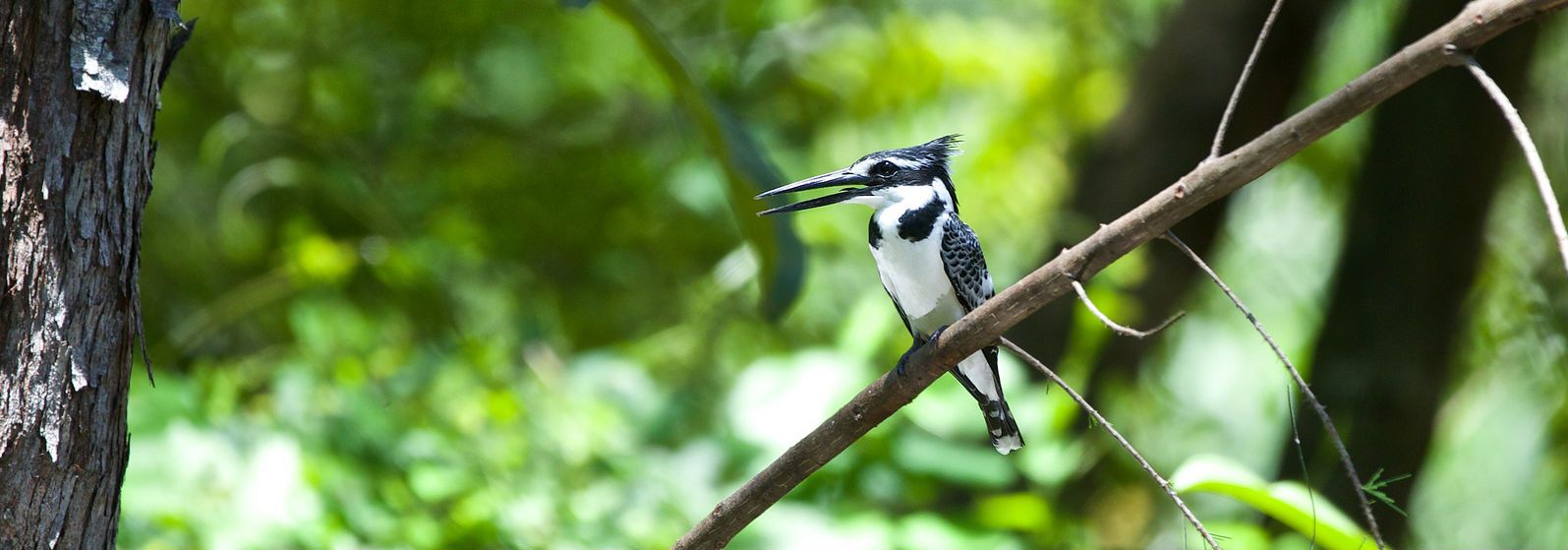How a Kenyan cement company turned a barren landscape into an eden
- From
-
Published on
01.05.18
- Impact Area

It is hard to imagine that the lush forest of Haller Park, an ecological wonder in East Africa, was an arid wasteland just a few decades ago.
Spurred by modern urban society’s insatiable demand for cement, the binding element in both concrete and mortar, in the early 1950s Swiss company Cementia Holding built a factory on the outskirts of Mombasa, Kenya’s second-largest city.
At two nearby quarries on the north coast, men and heavy machinery mined for limestone. They bulldozed the topsoil to expose hard rock, which was cut into multi-ton blocks—and then transported to the crushing and processing plant.
Over the years, cement production at the local quarries grew from 1.2 million tons annually to 25 million tons. But the once-fertile area soon became a barren landscape with brackish ground water.
The full post How a Kenyan cement company turned a barren landscape into an eden appeared first on Landscape News.
Related news
-

From Dirt to Decision-Making: Governance and Soil Health Must Go Hand in Hand
Multifunctional Landscapes Science Program26.11.25-
Biodiversity
-
Environmental health
-
Environmental health & biodiversity
In October, the world convened in Des Moines for the 2025 Borlaug Dialogue under the…
Read more -
-

ICRISAT’s Solar-Powered Water Hyacinth Harvester Recognized Among India’s Top 100 Innovations of 2025
International Crops Research Institute for the Semi-Arid Tropics (ICRISAT)18.11.25-
Environmental health
-
Poverty reduction, livelihoods & jobs
ICRISAT's Novel Solar-Powered Water Hyacinth Harvester has now earned a place in the prestigious To…
Read more -
-

CGIAR Multifunctional Landscapes at COP30: Advancing Adaptation and Nature-Based Solutions
Multifunctional Landscapes Science Program10.11.25-
Adaptation
-
Biodiversity
-
Environmental health
-
Environmental health & biodiversity
-
Mitigation
COP30 in Belém, Brazil is being heralded as a pivotal “COP of adaptation” and a…
Read more -
